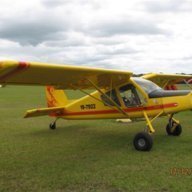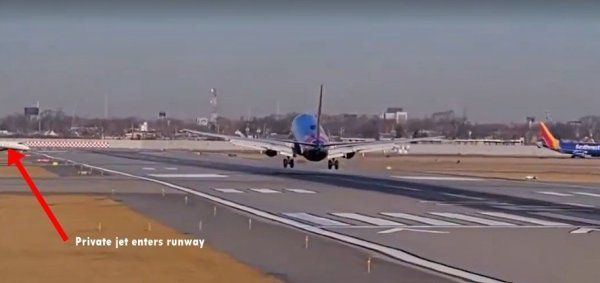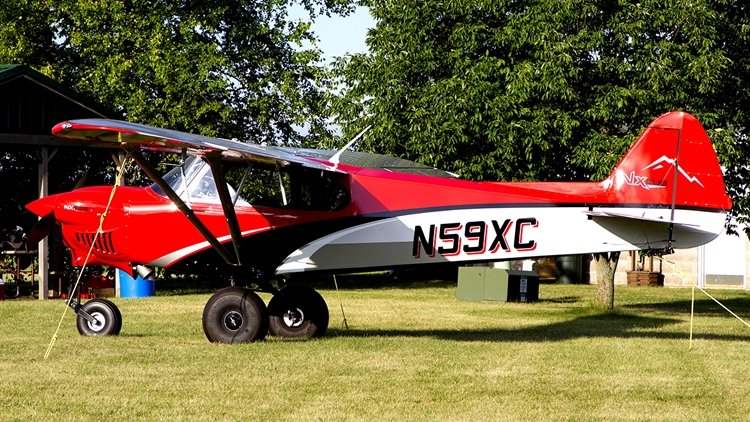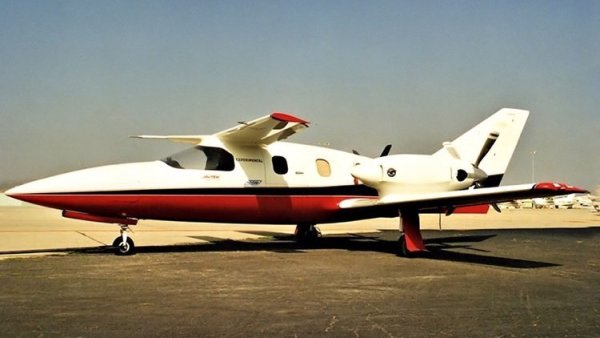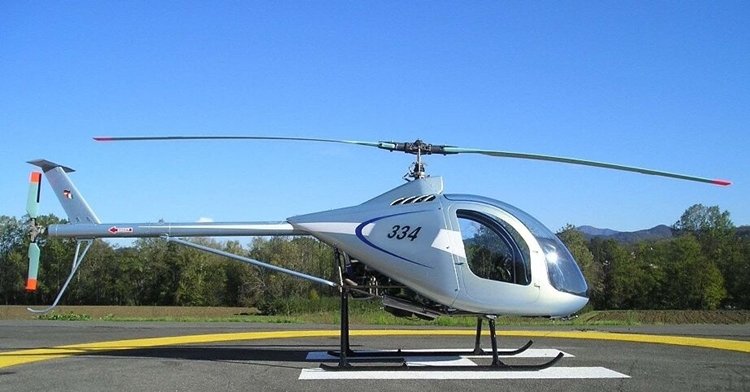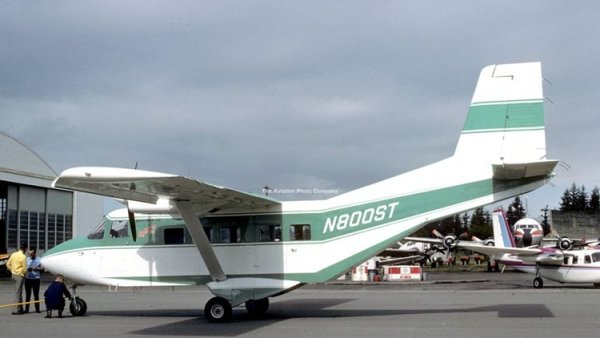-
Posts
7,525 -
Joined
-
Last visited
-
Days Won
67
red750's Achievements

Well-known member (3/3)
-
The Republic XP-72 was an American prototype fighter-interceptor developed by Republic Aircraft as a progression of the P-47 Thunderbolt design. The XP-72 was designed around the Pratt & Whitney R-4360 Wasp Major 28-cylinder air-cooled radial engine with a supercharger mounted behind the pilot and driven by an extension shaft from the engine. The armament consisted of six .50 caliber (12.7 mm) wing-mounted Browning AN/M2 machine guns and underwing racks for two 1,000 lb bombs; Alternative armament packages included two 37 mm M4 autocannons with four .50 caliber AN/M2s, or four M4 autocannons. The XP-72 development paralleled that of another Republic design, the XP-69 that was to be powered by an experimental 42-cylinder Wright R-2160 liquid-cooled inline radial engine mounted in the nose of the aircraft and driving contra-rotating propellers. The XP-69 was intended for high altitude operations and featured a pressurized cockpit and armament of two 37 mm cannon and four 50 caliber machine guns. As the XP-72 displayed greater promise than the XP-69, the XP-69 was canceled on 11 May 1943 and an order for two XP-72 prototypes was placed on 18 June 1943. The XP-72 flew for the first time on 2 February 1944, equipped with a four-bladed propeller. The second prototype was completed on 26 June 1944 and was equipped with an Aero-Products contra-rotating propeller. As the XP-72 displayed exceptional performance during flight tests, an order for 100 production aircraft was awarded. The order included an alternate armament configuration of four 37 mm cannon. By this time, World War II had progressed to where the need was for long-range escort fighters and not high-speed interceptors. Furthermore, the advent of the new turbojet-powered interceptors showed greater promise for the interceptor role. Thus, the production order for the P-72 was canceled.
-
A Southwest Airlines plane and a private jet that entered the runway without authorisation experienced a close call at Chicago Midway International Airport, the Federal Aviation Administration said. Southwest Flight 2504 landed safely at the Chicago airport after the flight crew had to perform a go-around to prevent a potential incident on Tuesday morning, according to Southwest. The FAA is investigating the incident, which took place at around 8.50am local time. The close call comes as the National Transportation Safety Board and the FAA are investigating a string of safety incidents in recent weeks, including the deadly midair collision over the Potomac River near Ronald Reagan Washington National Airport, a Medevac jet crash in Philadelphia and a deadly regional airline crash off the coast of Nome, Alaska. In the Chicago incident, the Southwest plane was arriving from Omaha, Nebraska, and the private jet, a Bombardier Challenger 350, was headed to Knoxville, Tennessee, according to FlightRadar24. Air traffic control instructed the private jet to turn left on "Runway 4L, cross Runway 31L and hold short of Runway 31C," according to audio from LiveATC.net. The pilot replies saying, "Alright, left on 2 – uh – 4L, cross the 22, or 13C, Flexjet 560." Then the air traffic controller on the ground immediately replies to the pilot, "Flexjet 560, negative! Cross 31L, hold short Runway 31C."
-
4.3M views · 48K reactions | Boeing Chinook HC4 Royal Air Force... WWW.FACEBOOK.COM Boeing Chinook HC4 Royal Air Force #avgeek #planespotting #aviation #aviationlovers #aviationdaily #aircraft #AIRBUS #boeing.
- 1 reply
-
- 4
-

-

-

-
The CubCrafters CC19 XCub is an American light aircraft, designed and produced by Cub Crafters of Yakima, Washington, introduced in June 2016. The aircraft is supplied complete and ready-to-fly. In 2020 the manufacturer certified a new version of the design, the NXCub, (Nosewheel XCub) with tricycle landing gear, only available with the Lycoming IO-390 (CC393i) engine. With additional parts, an XCub or NXCub can be readily converted between conventional and tricycle landing gear configurations, with NXCub simply being the model designation for aircraft factory-built with tricycle landing gear. The task of converting an aircraft requires two people and takes around four hours. An XCub or NXCub can also be fitted with floats. In a 2020 flight review of the tricycle landing gear-equipped CC19-180 NXCub model, KitPlanes magazine editor Marc Cook wrote, "truth is, for many pilots who came up in the period after 'real' Cubs made taildraggers the everyday airplane, the presence of a nosewheel on an airplane that’s as capable of off-pavement work as the NXCub will make the whole hard to resist. In fact, for many this is probably the backwoods airplane they’ve been waiting for all along."
-
The Avtek 400A was an American prototype turboprop-powered business aircraft, which was developed in the early 1980s. Its configuration was unusual and distinctive : a low-wing monoplane with two pusher engines mounted above the wings, and a large canard mounted atop the forward fuselage. The aircraft's sleek, futuristic design earned it a guest appearance on the Airwolf TV series as the X-400, which was used by the villain, Lou Stappleford in the Eagles episode. The Avtek's structure made extensive use of advanced composite materials throughout. In 1998, Avtek declared bankruptcy without the prototype having completed the testing required for US FAA type certification. The company's assets were purchased by AvtekAir, who as of 2004 planned to revive the project under the designation AvtekAir 9000T.
-
1.7M views · 15K reactions | Crazy Airplane Moments | Crazy Airplane... WWW.FACEBOOK.COM Crazy Airplane Moments
-
- 1
-

-
One owned by actor Vince Vaughan, the Learjet by Motley Crue singer Vince Neil. Learjet pilot died.
-
The DF Helicopters DF334 is a two-seat, single-engine light utility helicopter in development by Dragon Fly Helicopters in Northern Italy. The DF 334 is a development of the Dragon Fly 333, developed by archaeologists and filmmakers Angelo and Alfredo Castiglioni in the 1980s. The DF334 has a larger, full composite cabin, a Rotax 914 4-stroke turbocharged engine, a governor fuel control, and an advanced Electronic Flight Instrument System. The helicopter is intended for both amateur and professional pilots. At the beginning of 2024, DF Helicopters was acquired by SD Aviation Srl, along with all licensing rights. The current models, identified as DF334, and their unmanned versions equipped with original software, are now produced by SD Aviation Srl in Mornago, VA, Italy.
-
Cirrus Tells Owners Not To Use Unleaded Fuel WWW.AVWEB.COM Cirrus is concerned G100UL may cause structural damage to its airplanes.
-
Black Hawk helicopter's shocking aviation blunder moments before crashing into plane in DC is confirmed in new NTSB report | Daily Mail Online WWW.DAILYMAIL.CO.UK Questions had been raised about how the collision - which killed all 67 people involved - occurred, given pilots follow strict protocol about the altitudes they can safely reach.
-
The Bering Air Caravan plane was reported 'overdue' when it failed to arrive in Nome about 4pm local time. It was traveling from Unalakleet with nine passengers and one pilot on board. Crews are frantically working to establish the plane's last coordinates, but weather conditions in the area are so poor that it has limited the ability to launch an air search. Bering Air flight carrying 10 people vanishes while flying over Alaska | Daily Mail Online WWW.DAILYMAIL.CO.UK A flight with 10 people on board has vanished over Alaska, sparking a frantic search.
-
The Dominion Skytrader was a Canadian prototype STOL utility aircraft, originally designed by the Dominion Aircraft Corporation in Vancouver, British Columbia, but built in the United States in the early 1970s. Attempts to market the aircraft continued until the late 1980s, but proved fruitless. The Skytrader was a conventional high-wing, strut-braced monoplane with fixed tricycle undercarriage. The design was optimised for easy freight handling and featured a fuselage of rectangular cross-section with large loading doors to the side and a loading ramp at the rear. The aircraft's tail unit was angled upwards from the rear fuselage to facilitate loading operations beneath it, and the main undercarriage was fitted in sponsons on the fuselage sides so as not to intrude into the internal cargo volume. Passenger, freight, executive transport, and water-bomber versions were projected. As of 2007, the prototype lay derelict, with engines stripped, at Washington County Regional Airport, in Hagerstown, Maryland.



